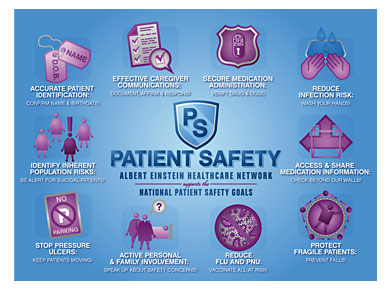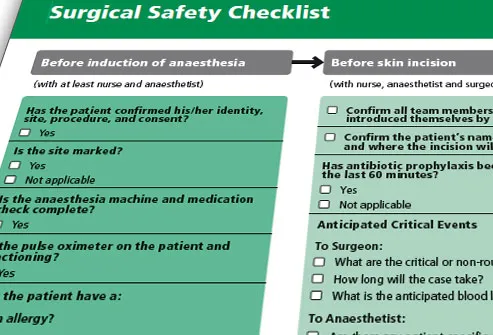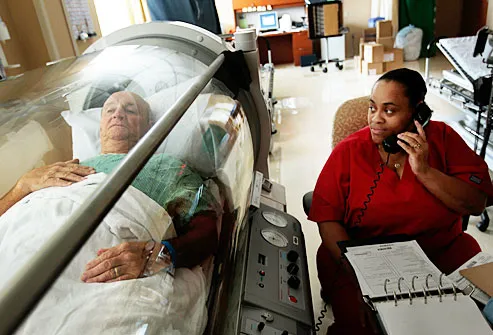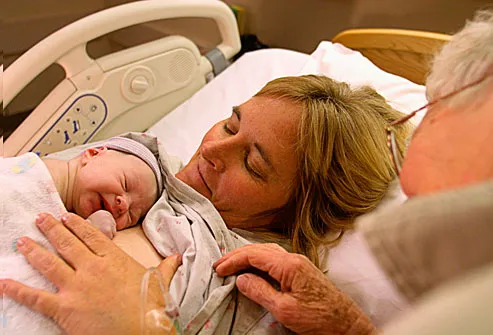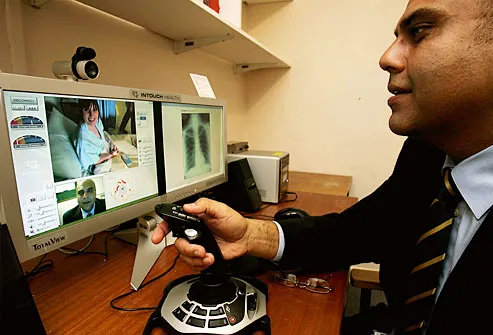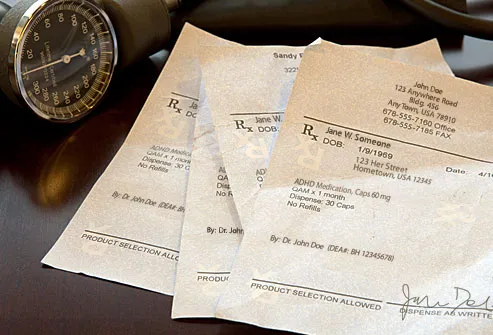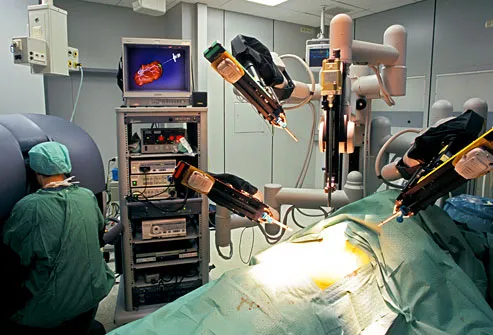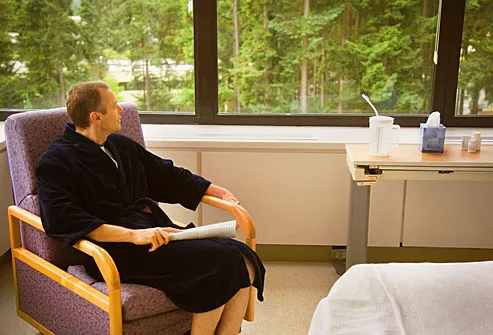Here's the last part of my topic : Today's Hospitals: Innovations in Technology.
Thanks for taking time in reading my posts. Your comments are welcome :)

Hospital Food is Getting Healthier
The hospital menus can
be laden with high-fat comfort foods. There are some medical
institutions that have even invited fast-food franchises to set up a
stall on hospital premises. But today hospitals are becoming more
positioned as models of healthy eating for patients and for
employees. Diabetes-friendly, Heart-healthy and vegetarian
selections are increasingly common. They also promote organic, and
locally produce foods.

Patient Advocates Can Also Help
Consumer groups say your hospital stay will be
safer and comfortable if there is another person there in your room
to watch out for you and will be the one to ask questions on your
behalf. Most often families assign and ask relatives or close friends
to serve as patient advocates.

Patient Advocate's Strengths
Patient Advocates should be able to help you carry
off your care, ask questions, express concerns on your behalf, and
will be the one to do the research and keep track of your treatment
options and medicines. Advocates are most helpful when they raise
their concerns with a healthy dose of kindness and respect. There are
families who hire professional patient advocates. Sometimes hospitals have patient advocates on staff already that will help you.

Quality of the Hospital Goes Public
There are some organizations that make hospital
information public so that you can check out the hospitals' quality
at anytime you want.There are several ways to find hospital
information , including The Joint Commission's "Quality Check"
program, the U.S. Department of Health and Human Services' "Hospital Compare" tool, and the Agency for Healthcare Research and
Quality. There are also states that offer hospital quality websites.




